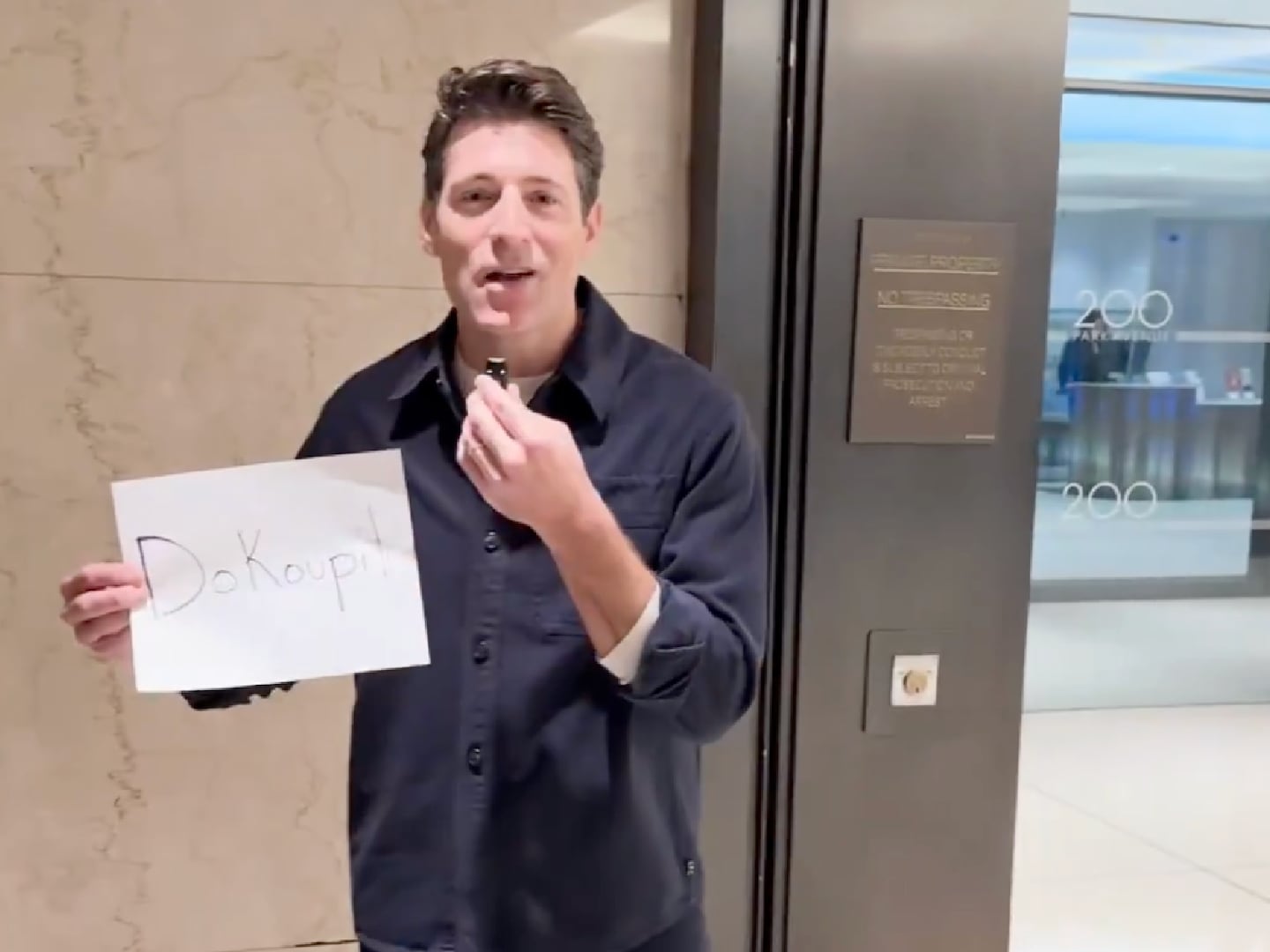When gunshots rang out in my classroom building, I first thought it was construction. I remember my professor peeking out the door and ordering our class to get underneath our desks. I remember lunging to the floor while hearing the bangs get louder and closer. I had just connected with 911 on my cell phone when bullets started bursting through our classroom door. When I looked up, I initially thought I was looking at a police officer. But instead of walking towards the door where the bangs were coming from, he turned down our row of desks and headed towards me.
I remember smelling the propellant that filled our classroom, which smelled like fireworks. Then a warm, wet feeling started flowing down my leg—followed by a sharp, burning pain. That’s when I realized I had been shot. Everything after that is a blur of bangs, screams and shell casings. All of my senses were overwhelmed, my body was working to keep itself alive, and all I can remember thinking is “I can’t believe this is happening.” When the shooting was finally over, I had been shot four times, with bullets lodged in my hips and left knee. Twelve of my classmates, including our professor, were shot and killed in that room with me. That day, 32 students and faculty were shot and killed. Dozens were injured.
You might think: I’ve heard this story before. Is it from Parkland, Florida? Sandy Hook? Umpqua Community College? No. It’s from my 2007 French class in Norris Hall at Virginia Tech.
Unfortunately, my story is not unique. We’ve heard the same story so many times. Students crouching under desks, hiding in closets, running down hallways—all to escape a barrage of bullets coming at them. Families waiting anxiously to hear if their loved one is making it home from school. Law enforcement officers holding back tears as they update the community. Some brave politicians speaking up and calling for change. But too many gun lobby-backed lawmakers sitting blissfully in their offices, offering thoughts and prayers with no real intention to address this carnage.
I’ve seen what a gun in the wrong hands can do. I’ve seen families ripped apart by a senseless act of gun violence. But I’ve also seen parts of our nation actually do something—where advocates have led the way in making change, whether it’s showing up at statehouses time and time again to pass common-sense gun legislation to keep guns out of the hands of people with dangerous histories or rejecting the gun lobby’s dangerous agenda.
But as we learn every time there is a mass shooting—and every single day when more than 96 Americans are shot and killed and hundreds more are injured—there is still more work to be done.
What we’re doing as a nation to prevent shootings just isn’t working. The answer is not to send students to school with notebooks, pencils and a gun. Or to just “wait for the right moment.”
Let’s start by putting an end to being complacent. Let’s make sure our elected leaders in statehouses and in Congress know that if they’re not going to be part of the solution, they’re part of the problem, and it is time for them to go. We’ll replace them in 2018 with leaders who won’t do the gun lobby’s bidding.
Let’s pass common-sense measures that will help save lives. We’re still learning so much about this shooting, but let’s look at the issue of gun violence that plagues our country as a whole. Let’s look at something like red flag laws—similar to what California passed in the wake of the 2014 Isla Vista shooting and what four other states have already stepped up to do. Red flag laws provide a mechanism to empower family members and law enforcement to petition the courts to temporarily restrict one’s access to guns.
We often find ourselves asking, “what could I have done?” The shooter in Parkland had a history of threatening students and had made disturbing posts on social media. Months ago, it’s reported that his mother called the police with concerns about his actions. It’s too late to know if this would have prevented Wednesday’s shooting, but we need to think about the next community that is surely to be devastated.
The truth is, there is so much we could do. The real question is: Will we do it? Is the body count high enough to implore our elected leaders to take action? Parents around the country woke up nervous about sending their kids to school. I never thought that I’d be on the floor of a classroom as a gunman took the lives of those around me. It is incredibly painful to think that other students have and will continue to experience the same thing because of the timidity of just a some lawmakers. As a parent, as a survivor of gun violence and as an American, I know that we can’t look at this with hopelessness. We need to take action. Lives depend on it.
Colin Goddard is a Member of the Everytown Survivor Network who was shot and injured in the mass shooting at Virginia Tech on April 16, 2007.






